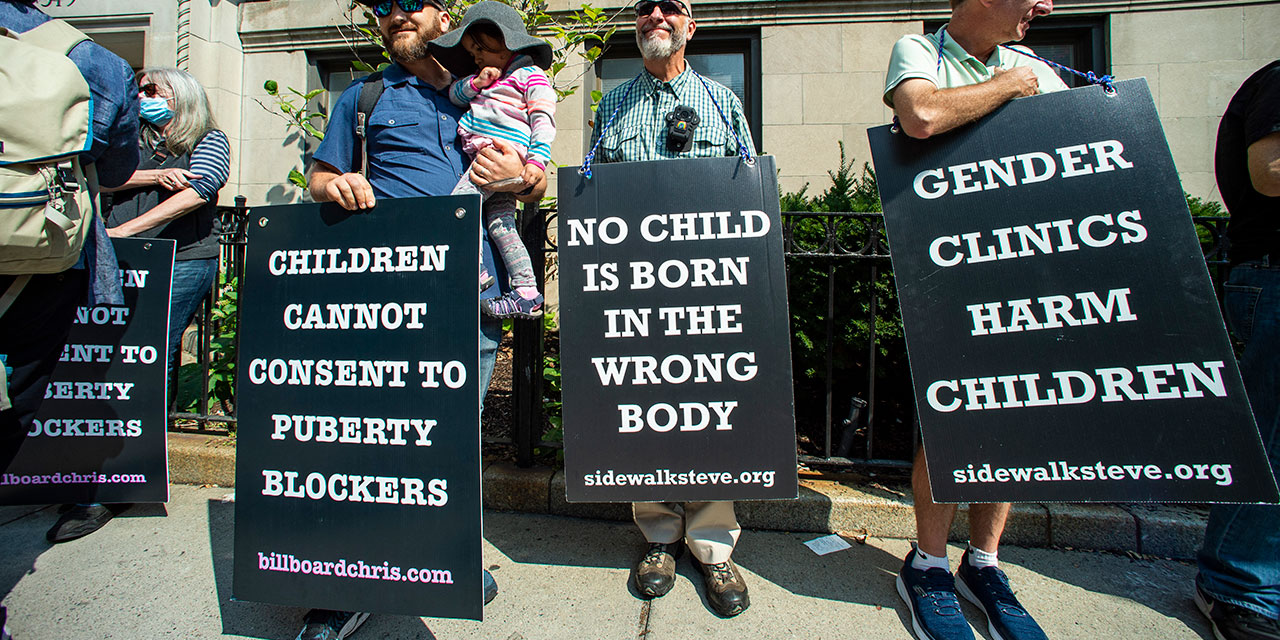On August 28, the Biden administration announced the first set of drugs that would be subject to the Medicare price caps established by last year’s Inflation Reduction Act. The administration justified this move as necessary to curb the abuse of patents, which had allowed drug prices to remain inflated beyond their intended period of market exclusivity. The scope of the caps is currently restricted to limit adverse effects on innovation, but statutory protections may not be sufficient if politicians start viewing price cuts to new drugs as a source of funding for other priorities.
Congress enacted Medicare’s Part D benefit in 2003 to subsidize the purchase of prescription drugs. The federal government pays privately managed Part D plans to purchase medically necessary therapies for covered beneficiaries. Plans can negotiate lower prices for drugs by regulating utilization, steering patients to cheaper alternatives, or threatening to leave certain brands off formularies altogether. Plans have also had success increasing the use of generic drugs, typically priced at a small fraction of the cost of branded alternatives.
This arrangement has not had as much success checking drug prices when alternative therapies are unavailable. To some extent, that’s intentional: the patent system temporarily allows firms to capture a substantial part of the value resulting from drugs they have recently developed. But drugmakers have sometimes been able to extend their monopoly position beyond the intended duration of market exclusivity by securing secondary patents or because of the complexities associated with the process of manufacturing biosimilars.
One study found that list prices for branded drugs grew by 129 percent from 2010 to 2016. While it is true that rebates and discounts to Medicare drug plans offset most of this added expense, out-of-pocket costs remained tied to list prices, so patients felt the pain of price hikes. As 91 percent of seniors use prescription drugs and most repeatedly refill the same prescriptions, changes to drug prices have become a salient political issue.
Price pressures have encouraged politicians to compete in promising to cut seniors’ drug costs. The 2022 Inflation Reduction Act did this most directly by boosting subsidies to Part D plans, allowing them to cap beneficiaries’ out-of-pocket drug costs at $2,000 per year. This will help reduce drug expenses for seniors—but it will cost all taxpayers an additional $25 billion over the next ten years.
The Inflation Reduction Act also required the Centers for Medicaid and Medicare Services to cap the prices that Medicare Part D plans may pay for the highest-cost single-source drugs. Most of the costliest drugs are used by seniors whose drug consumption costs surpass their deductibles, so Medicare already largely covers these expenses, and the resulting $102 billion of savings will mostly accrue to the government. This savings helped pay for the Inflation Reduction Act’s spending on green energy and health-care subsidies, accounting for much of its political appeal to Democrats.
Regulators’ newly established authority to cap drug prices is supposed to apply only to drugs that lack biosimilar and generic competitors, and only after initial exclusivity periods following the introduction of new drugs. These provisions are intended to mitigate the adverse effect of payment cuts on drug innovation. But the bigger challenge is that Congress may develop an unsustainable appetite for “pay-fors” resulting from cutting Medicare payments for drugs.
Politicians are wary of excessive cuts in Medicare payments for hospital and physician services because they know that these reductions could cause seniors immediately to lose access to care. By contrast, elected officials know that they can more easily slash payments for drugs without taking the blame, because Americans would not feel negative effects on the development of new products for many years, and by then it would become some other politician’s problem.
Yet tomorrow’s drug pipeline depends on today’s investment decisions. Investors pondering whether to pump billions of dollars into the development of new drugs (which would likely reach the market in the 2030s and beyond) must worry about not only today’s limited price regulations but also the magnitude of revenues that future policies will allow them to receive.
Photo: michal-rojek/iStock





